Many people want to know How Many Pearls Can an Oyster Produce. The answer to this question, ‘How Many Pearls Can an Oyster Produce,’ is quite clear:
- A freshwater oyster can produce up to 50 pearls at a time
- A saltwater oyster can produce up to 2-5 pearls at a time.
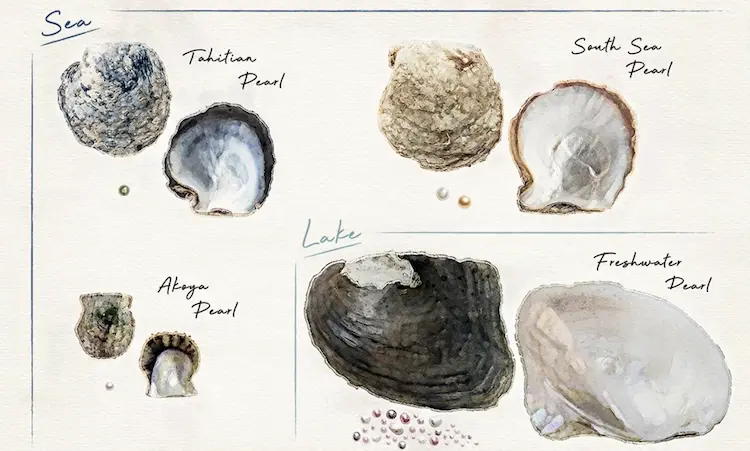
Overview of Oysters and Their Role in Pearl Production
Oysters produce pearls. When an irritant, like sand or a parasite, enters an oyster, it secretes nacre (calcium carbonate and protein) to coat the irritant, forming a pearl.
Oysters produce pearls as a defense mechanism. Pearl quality depends on oyster species, irritant size, and growth period. Optimal conditions (clean water, food, and predator protection) improve pearl quality. Water temperature, salinity, and nutrients also influence pearl formation.
Definition of Pearls
Factors impacting how many pearls can an oyster produce include water quality, food availability, and the oyster’s age.
Pearls are a type of gemstone that have been prized for centuries for their natural beauty and luster. Pearls are formed in the soft tissue of oysters. When an irritant, such as a grain of sand or a small parasite, gets into the soft tissue of an oyster, the oyster’s soft tissue protects itself by secreting a substance called nacre around the irritant. Over time, layer after layer of nacre builds up to form a pearl.
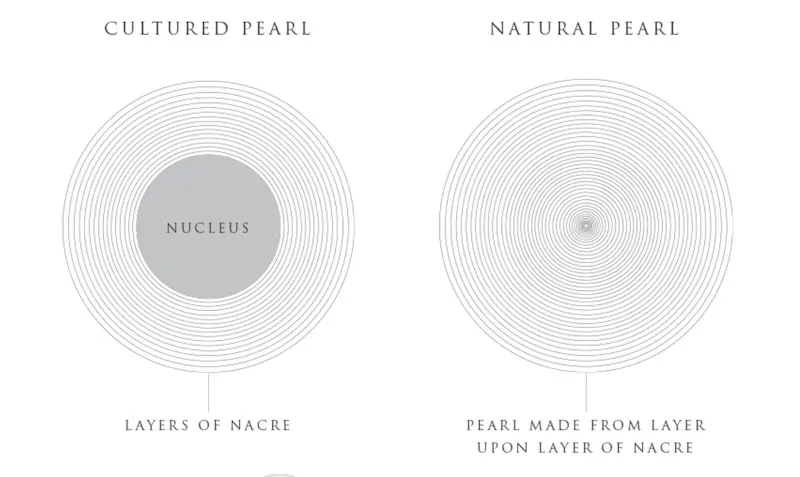
There are two main types of pearls: natural pearls and cultured pearls. Natural pearls are very rare and are formed naturally in the wild without human intervention. Cultured pearls, on the other hand, are produced by humans by implanting a small irritant, or nucleus, into the body of a mollusk, and the oyster’s soft tissue then secretes nacre around the nacre, just like a natural process. The main difference between the two is that cultured pearls are grown in pearl farms, so the production process is more controlled and predictable.
Pearls can be classified according to their origin, such as freshwater pearls from oysters in lakes and rivers, or saltwater pearls from oysters in the ocean. Saltwater pearls are further divided into Akoya pearls, South Sea pearls, and Tahitian pearls, each named after the region where they are cultured and known for their unique characteristics.
The value of a pearl is determined by several factors, including its luster, surface quality, shape, size, and color. High-quality pearls have a deep mirror-like luster, a flawless surface, and a symmetrical shape. The most sought-after are round pearls, as they are the rarest and most difficult to obtain naturally or through culture. In terms of color, common colors of pearls are white, pink, purple, and black. The color of pearls is affected by the type of oyster and the water conditions in which they grow. Pearls are a symbol of purity and elegance, and have been used to make jewelry since ancient times, making them a great choice for everyday wear and special occasions.
Species of Oysters in Pearl farming
Ultimately, the question of how many pearls can an oyster produce is fascinating and complex.
The main types of oysters used for pearl farming include freshwater pearl oysters, Akoya oysters, South Sea pearl oysters (Pinctada Maxima), Tahitian black pearl oysters (Pinctada Margaritifera), etc.
- Akoya oysters are smaller and are mainly farmed in Japan. The pearls they produce are mostly white or cream in color with rose or green luster
- South Sea pearl oysters can produce South Sea gold pearls and South Sea white pearls. These oysters are larger and are mainly distributed in Australia, Indonesia and the Philippines
- Tahitian black pearl oysters are famous for their dark nacre and are mainly farmed in French Polynesia and Tahiti
- Freshwater pearl oysters are mainly farmed in China and are farmed in fresh water. They can produce freshwater pearls of various sizes, shapes and colors.
The different characteristics of these oyster species enable them to produce pearls with different characteristics to meet the market demand for different types of pearls.
Aging of Oysters in Pearl Farming
Aging of oysters is an unavoidable physiological process during pearl cultivation, and its growth state directly affects the quality and yield of pearls.
The aging of oysters usually manifests itself in the slowing down of growth rate, thickening of shells, and decreasing of the secretion ability of the outer coat membrane. These changes will directly affect the formation of pearls.
Firstly, the slowing down of the growth rate means that the oyster secretes nacre at a slower rate, resulting in slower growth and smaller size pearls. Secondly, a decrease in the ability to secrete the outer coat membrane affects the quality of the nacre, resulting in less luster and surface blemishes on the pearl.
In addition, aging oysters are more susceptible to disease, which not only affects the quality of the pearls, but also increases the cost of farming.
How Many Pearls Can an Oyster Produce?
An oyster can produce multiple pearls, although the exact number depends on various factors. These factors include the size and age of the oyster, as well as its overall health and environmental conditions. While some oysters may produce only one pearl, others can yield several pearls over their lifespan. The pearl production process is a natural occurrence and can vary significantly from oyster to oyster.
- A freshwater oyster can produce up to 50 pearls at a time
- A saltwater oyster can produce up to 2-5 pearls at a time
Average Production Rates of Oysters in Pearl farming

Pearl farming is a complex process involving the cultivation of oysters for the production of pearls. The average yield of oysters can vary greatly depending on a number of factors, such as the species of oyster, the method of cultivation and the environmental conditions. China is one of the world’s largest pearl producers, with a focus on freshwater pearl farming.
The production of oysters in pearl culture is influenced by the species cultured. Productivity is not only related to quantity, but also to quality. The quality of pearls is graded based on factors such as luster, shape and surface imperfections.
In conclusion, the average production of oysters in pearl culture is affected by a number of factors, including oyster species, culture techniques and environmental conditions. China, with its long coastline, freshwater lakes and abundant oyster resources, occupies an important position in global pearl production, with both freshwater and marine oysters being cultured. Pearl production and quality are closely monitored to ensure that pearls meet the high standards required by the market.
Conversely, saltwater oysters typically yield 2-5 pearls, further illustrating how many pearls can an oyster produce.
On average, a freshwater oyster can produce 50 pearls, showcasing just how many pearls can an oyster produce.
Research into how many pearls can an oyster produce helps us understand better the pearl farming industry.
It’s important to note that the question of how many pearls can an oyster produce varies based on several environmental factors.
In essence, the inquiry into how many pearls can an oyster produce is critical for pearl cultivators.
Understanding how many pearls can an oyster produce is vital for maximizing production in pearl farming.
Thus, the exploration of how many pearls can an oyster produce is essential for advancing pearl farming techniques.
Oysters can produce various numbers of pearls, and it’s fascinating to explore how many pearls can an oyster produce in different environments.
Understanding how many pearls can an oyster produce is essential for anyone interested in pearl farming.
The video below shows one of our pearl farms, which incorporates the green solar power generation concept.
If you are looking for a reliable pearl supplier, you are very welcome to contact us. We have tens of thousands of acres of pearl farms and pearl processing factories.

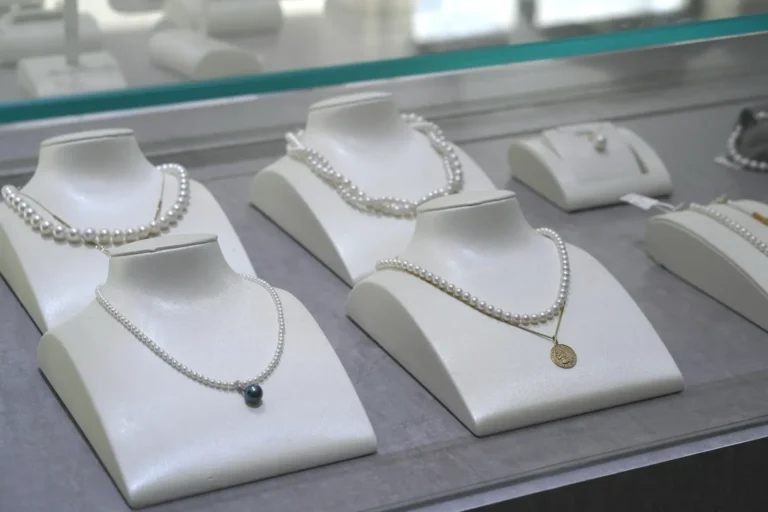
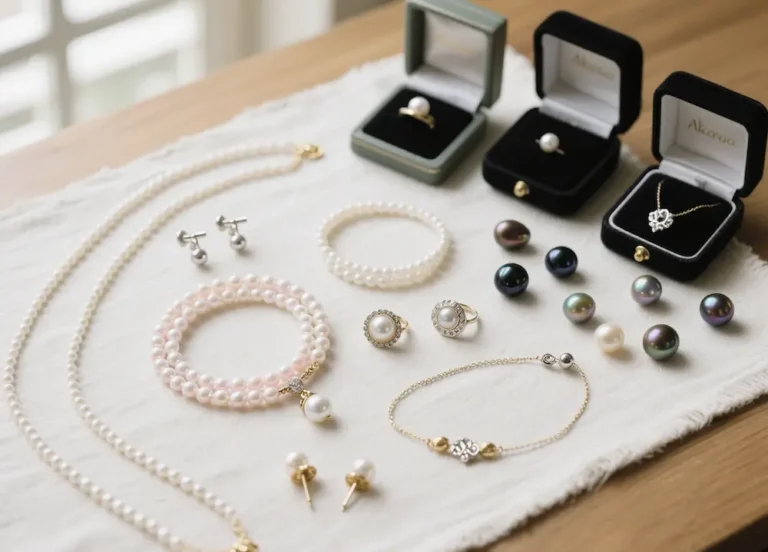
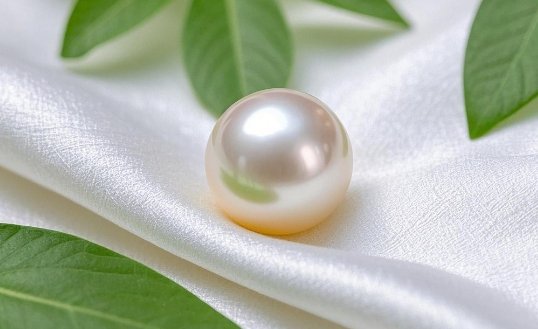
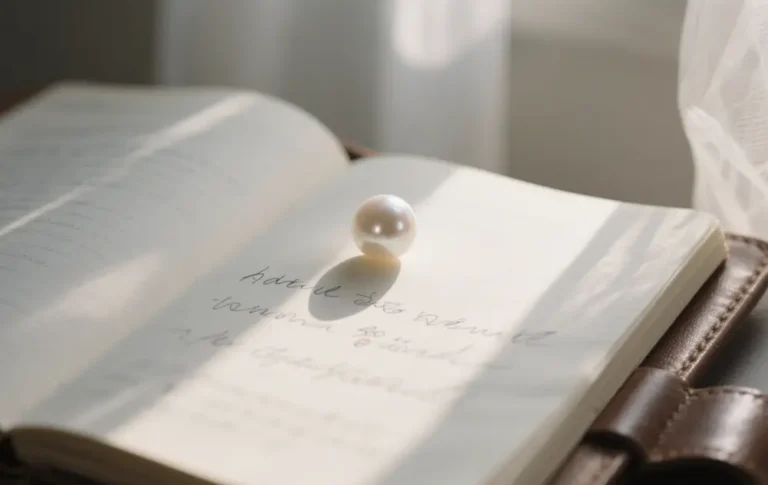
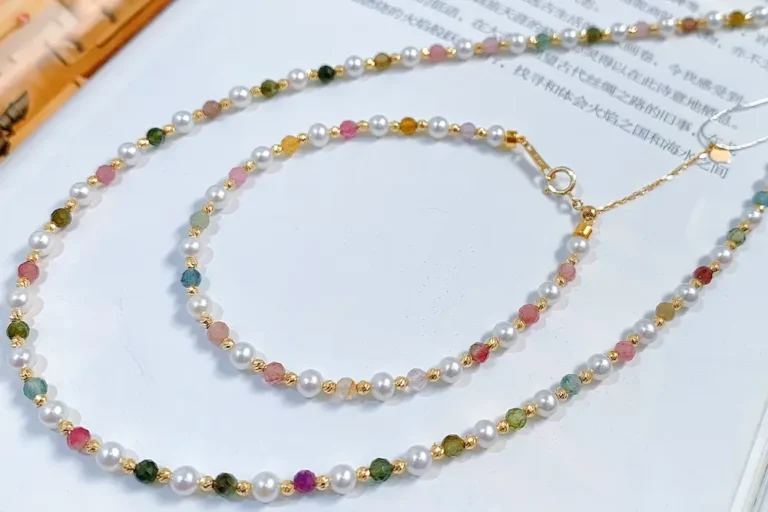
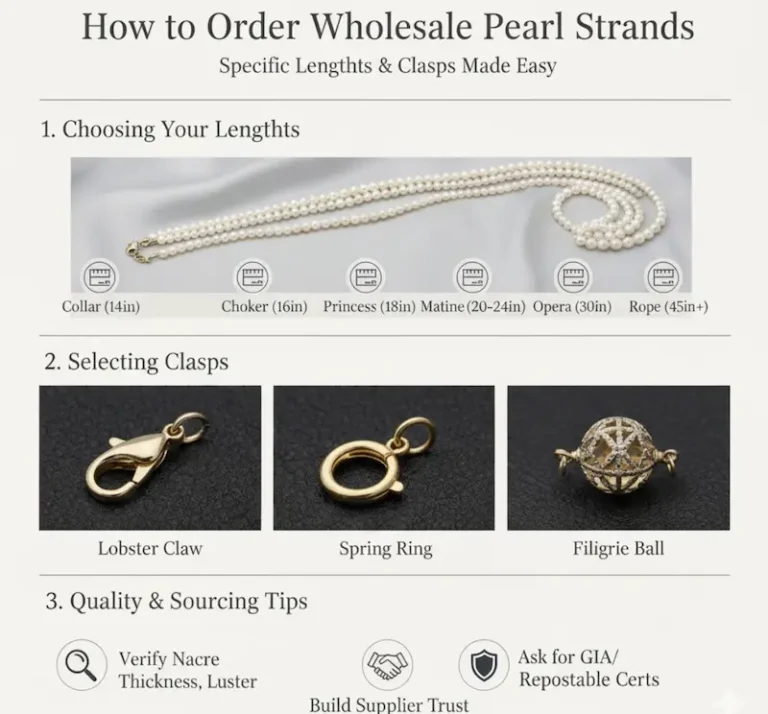

One Comment